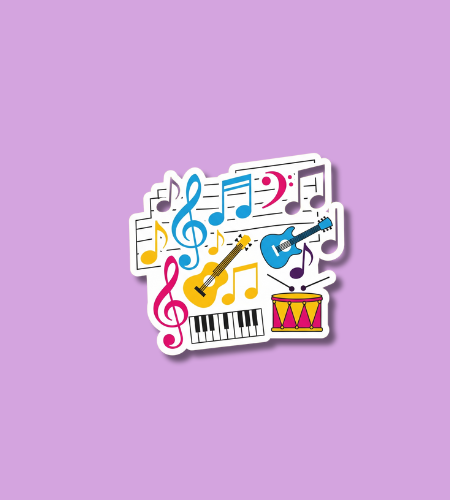International Strange Music Day is celebrated on August 24 each year, inviting everyone to step outside their usual playlists and explore unfamiliar, quirky, or downright odd sounds with an open mind.
History of International Strange Music Day
The day was created by New York City composer Patrick Grant, who launched it with a simple motto—“listen without prejudice”—as a nudge to broaden musical horizons and, by extension, our outlook on life. Many sources trace the observance back to the late 1990s, with 1997 often cited as the year the idea took shape.
Since then, August 24 has been promoted by calendars and music communities as an annual prompt to try something new, share discoveries, and celebrate sonic curiosity. Over time, Grant and collaborators have organized events around the date, including performance soirées that invite musicians and listeners to experiment together.
Why is International Strange Music Day important?
Because most of us fall into comfortable ruts—same artists, same genres, same mood loops—and that can make our listening life feel smaller than it needs to be. The day reminds us that musical surprise is good for the soul, that you can meet fresh ideas simply by pressing play on something you’d usually skip.
It also makes room for artists working at the edges: odd instruments, unfamiliar languages, atonal experiments, underground scenes that don’t fit neat boxes. When we give those sounds a fair listen, we’re practicing curiosity and kindness—habits that spill over into the rest of life.
- It opens ears and lowers our knee-jerk “nope.”
- It turns listening into a small act of open-mindedness.
- It gives lesser-known artists a real chance to be heard.
- It makes music feel fun and surprising again.
- It breaks the algorithm’s bubble for a day.
Unusual musical instruments
Theremin — Early electronic instrument you play without touching; hand distance from two antennas controls pitch and volume.
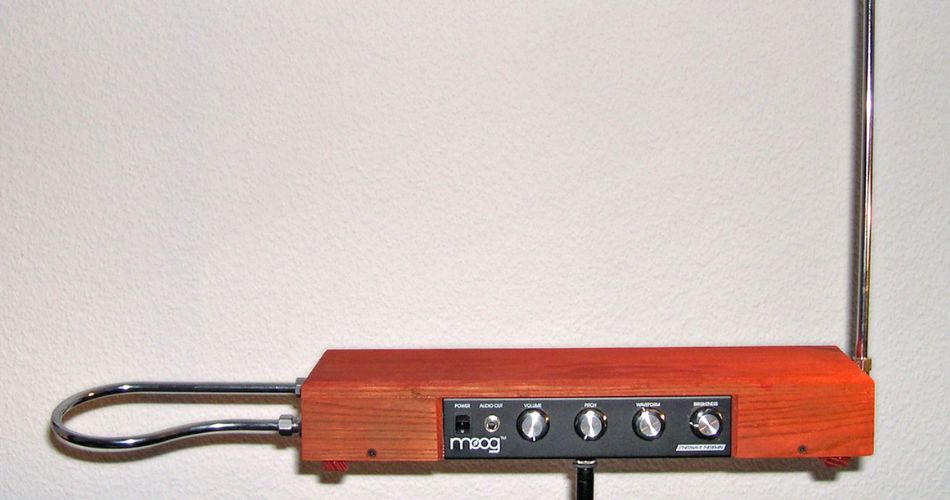
Ondes Martenot — Expressive 1920s keyboard with a sliding ribbon for ghostly glissandi; famous in film scores and Messiaen’s music.
Glass armonica — Spinning glass bowls played with wet fingers; produces pure, bell-like tones (invented by Benjamin Franklin).
Waterphone — Metal resonator with rods and water inside; bow or strike it for eerie, underwater-sounding effects.
Hurdy-gurdy — A crank turns a wheel that “bows” strings while keys change pitches; built-in drones make a medieval buzz.
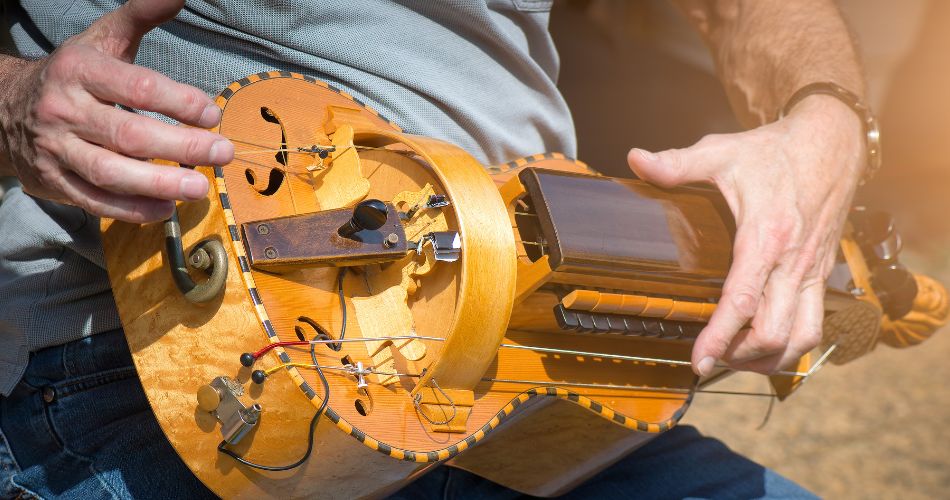
Musical saw — A hand saw bowed like a violin; bending the blade creates voice-like, haunting glides.
Stroh violin — Violin fitted with a metal horn instead of a wooden body; projects a brassy, focused tone.
Nyckelharpa — Swedish keyed fiddle with sympathetic strings that shimmer; plays melodies while resonating richly.
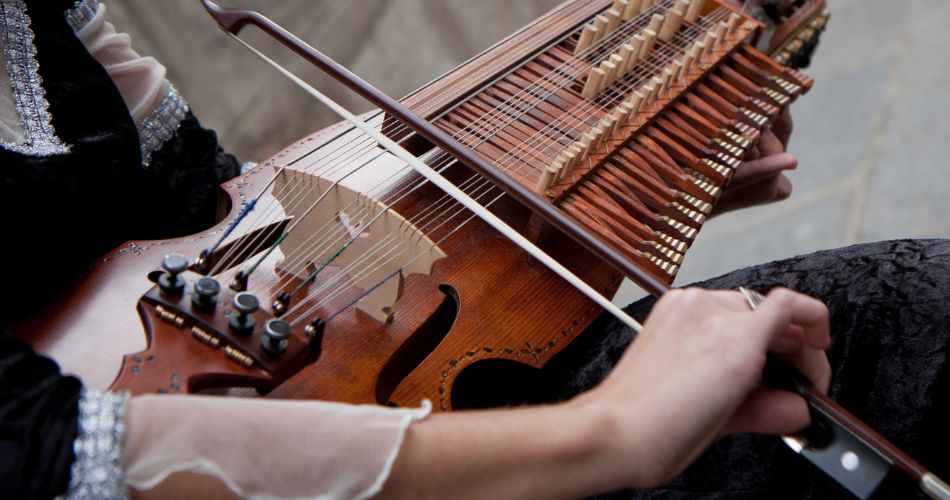
Yaybahar — Turkish acoustic invention using long springs and drum membranes for cavernous natural reverb.
Chapman Stick — 8–12 string electric instrument tapped with both hands; covers bass, chords, and melody at once.
Octobass — Giant double bass over 3 meters tall, played with levers; reaches thunderous sub-bass notes.
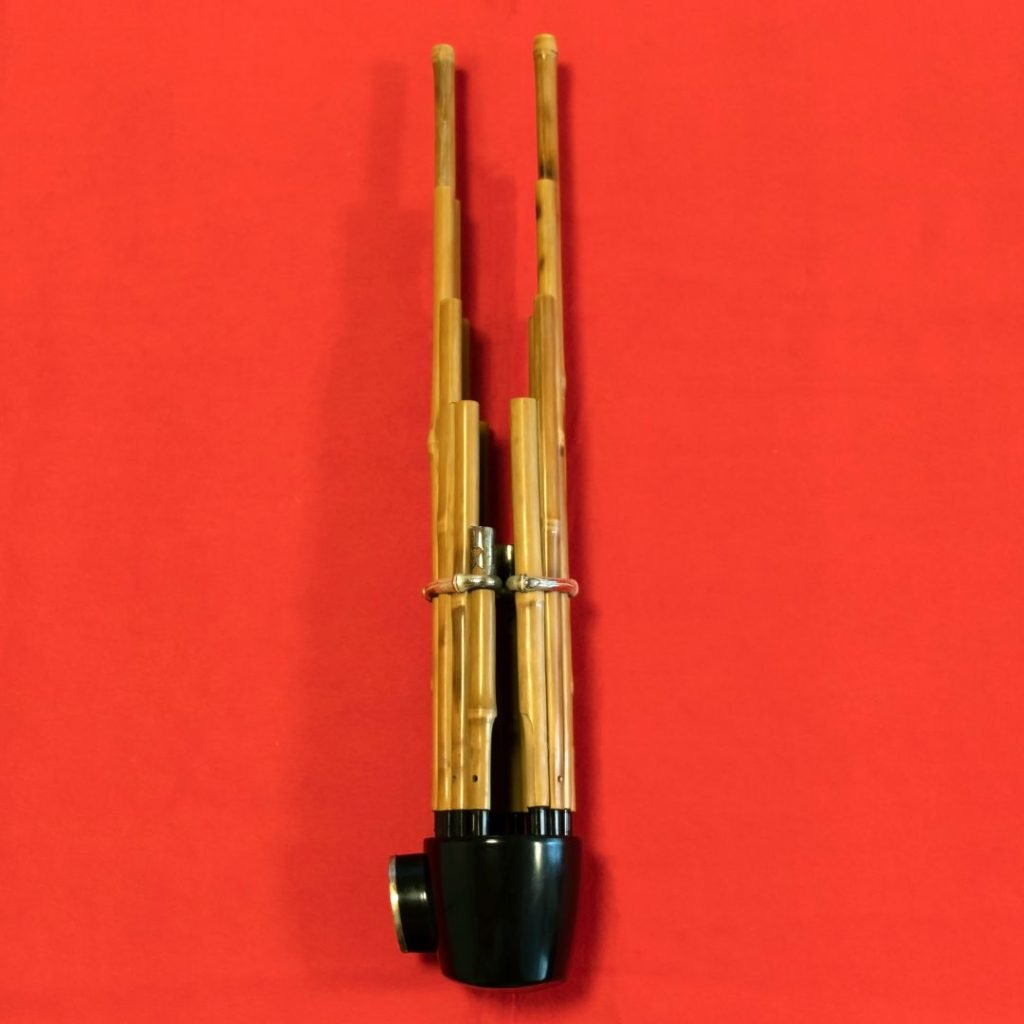
Sho — Japanese mouth-organ with bamboo pipes; sustains glowing cluster chords used in gagaku court music.
Hulusi — Chinese gourd flute with free reeds; soft, mellow tone and optional drone pipes.
Hydraulophone — Water-jet instrument; blocking different streams with your fingers plays organ-like notes.
Tesla coil (Zeusaphone) — High-voltage arcs modulated to pitches; literal lightning that “sings” synthesized melodies.
Handpan (Hang drum) — Steel, UFO-shaped drum tapped by hand; warm, meditative percussive notes.
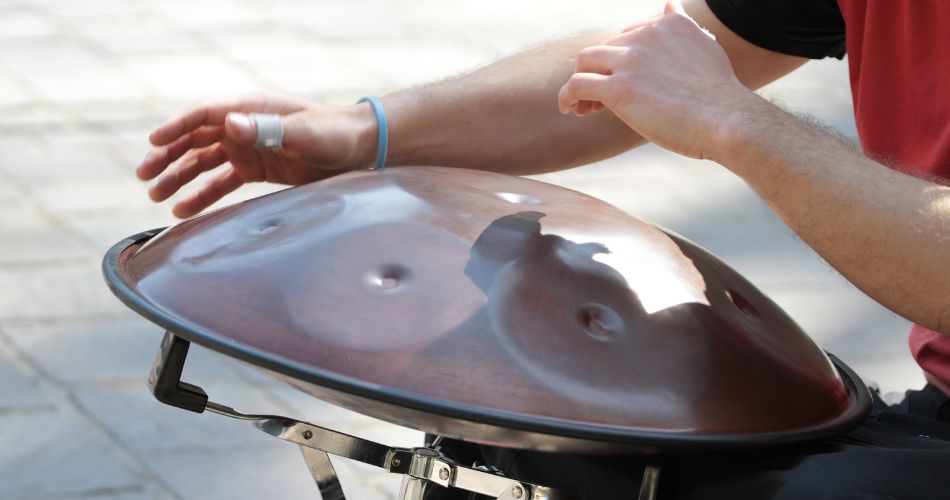
How to Celebrate International Strange Music Day
Keep it playful and low-stress. Pick a theme—music from a country you’ve never visited, instruments you’ve never heard, or a micro-genre you can’t even pronounce—and build a 20-minute playlist. Try one track blind each hour, and jot a quick note about what caught your ear; you’re curating, not cramming.
If you’re up for sharing, host a “strange swap” with friends where everyone brings one baffling or beautiful track and a one-sentence pitch. Make a weird-instrument session from household items, try an atonal or odd-meter experiment, or explore lyrics in languages you don’t speak. The point isn’t to love everything; it’s to listen fairly.
- Shuffle a playlist of artists you’ve never saved before.
- Try making noise music or odd rhythms for five minutes.
- Explore one niche genre and pick a favorite track.
- Share one surprising find with a friend and ask for theirs.
- Spin music in a language you don’t speak and guess the mood.
International Strange Music Day Dates Table
| Year | Date | Day |
|---|---|---|
| 2025 | August 24 | Sunday |
| 2026 | August 24 | Monday |
| 2027 | August 24 | Tuesday |
| 2028 | August 24 | Thursday |
| 2029 | August 24 | Friday |
Subscribe to our newsletter and never miss a holiday again!

